|
Disclaimer: I received a FREE copy of this product through the HOMESCHOOL REVIEW CREW in exchange for my honest review. I was not required to write a positive review nor was I compensated in any other way. Every now and again, I come across a curriculum that not only inspires my children but inspires me and reminds me of why I embarked on the journey to homeschool. This week, I’m excited to share our experience using the Wisdom Wonder Project! We checked out their Little Wonders Kindergarten Program, but they offer an array of different levels from junior kindergarten to second grade. For our first month of the Kindergarten Program, we received a downloadable Literature Unit, a Block Play unit, along with Little Masters Art Program. For ease of use, I printed and bound them. The Literature Unit consisted of a weekly book to read accompanied by activities to bring the story, and learning to life. In September, we read “Harold and the Purple Crayon,” which we were quite familiar with, “King Bidgood’s in the Bathtub,” a new-to-us story that we were able to find on YouTube, “A Sick Day for Amos McGee” and “How to Make an Apple Pie and See the World.” The stories were so fun, and each had a variety of activities. The Literature Unit seems to be the foundation of the kindergarten program, with one book per week and eight accompanying activities. We strove to do three to four of the activities with each story. For “Harold and the Purple Crayon,” we took a nature walk to a high place, just like Harold climbs up a tree to get a better view, and we made fun purple collages inspired by the story, painted with water colors, and made purple snacks! Though I intended to use this program with my 4 year old, all of my children enjoyed participating in the crafts and activities- even my 3rd grader! Part of the September Literary Unit also involved memorizing a lovely stanza of the poem September by Helen Hunt Jackson. My kids enjoyed reciting it after me, and I was pleased to have committed it to memory as well! Each week has additional recommended books to read, a feature that I love as it’s like having a homeschool mom friend to point out the best titles in the children’s section of the library!
This program reminded me of my first years of education in a Montessori classroom. With the emphasis on art, creativity, rich literature, and developing formative math skills, the Wisdom Wonder Project is a beautiful curriculum to inspire a love of learning in small children. Simply put: I adore this program! Wisdom Wonder Project is a great fit for homeschool families looking for a classical, literature rich foundation for their emerging scholars!
Other members of the Homeschool Review Crew checked out the Wisdom Wonder Project, and you can see their reviews by clicking the image below!
1 Comment
My emotions have been running on high and I've been fueled by adrenaline and espresso. Moving is brutal. Our landlord required us to paint the house before we left, and with 20 foot ceilings and 4 kids running around, this has been insane.
Plus, there's no break from work, no break from school, and never a break from being a mom. I'm thankful that an end is in sight, and soon, I'll emerge on the other side of the chaos. Until then, you can follow our journey south on Instagram! I hope your week is going better than ours! xo This week, I'm pleased to be hosting a guest post from a talented student at Fiveable. Fiveable offers free AP resources for students looking to deepen their learning. The following was written by one of their students about AP Literature point of view.
AP Lit: Point of View by Dylan Black In literature, point of view is an incredibly useful device that authors can use to portray their stories in different ways. In AP Lit, you must know how to identify which point of view a passage is in and what this tells about the story. Let's go into some points of view. 💮 First-Person Point of ViewThe story is told from a character within the narrative. ✨ Keywords: I, me, our, we, my ⚫️ Effect: First-person P.O.V. is effective in creating a speaker's persona. By revealing their inner thoughts and feelings, complex characterization is achieved. In the first-person point of view, the main character is directly addressing the reader and acting as the narrator for the story. For example, from The Adventures of Huckleberry Finn: "Now the way that the book winds up is this: Tom and me found the money that the robbers hid in the cave, and it made us rich. We got six thousand dollars apiece – all gold. It was an awful sight of money when it was piled up. Well, Judge Thatcher he took it and put it out at interest, and it fetched us a dollar a day apiece all the year round – more than a body could tell what to do with. The Widow Douglas she took me for her son, and allowed she would sivilize me; but it was rough living in the house all the time, considering how dismal regular and decent the widow was in all her ways; and so when I couldn’t stand it no longer I lit out." As you can see from this passage, Huckleberry Finn is using a conversational tone and a very specific dialect which is emphasized especially by Huck Finn's use of words like "I", "we", and "me". 💮 💮 Second-Person Point of View - The reader is put in the story. ✨ Keywords: You, your, yours ⚫️ Effect: Second person P.O.V. is used when the author is trying to call attention to something. By directly addressing the reader and putting them in the story, they convey meaning unambiguously. The second-person point of view is certainly the rarest and most likely you have not seen it very much in literature. However, one place you most definitely have seen it is in "Choose Your Own Adventure Books". In these books, the author will state things like, "You run down the football field, the wind in your face, and catch the ball cleanly between your hands". This point of view is especially useful in these scenarios because it pulls the reader in. Rather than it being a character facing these issues, you the reader are the character! This creates more emotional attachment from the reader and creates a more compelling novel sometimes. 💮 💮 💮 Third person point of view - The story is told from the perspective of an outsider. ✨ Keywords: They, them, it, he, she You've likely read many stories whose use of a third person perspective gave you a broader idea of plot and character. Some of these may even be featured on your May exam! In light of this, it is important to note that third person point of view can be recognized from the use of the "they/them", "he/him", "she/her" or "it" pronouns. ----------------------------------------------------------------------------------------------------------------------------- 🌷 Objective = The speaker reports as a neutral observer. The narrative is presented without interpretation or bias from any of the characters. 🌼 Limited = The speaker knows only one character's thoughts and feelings. This one-sided perspective is usually, but not always, reserved for the protagonist. 🌹 Omniscient = The speaker knows the thoughts and feelings of all characters. The outside nature of the narrator typically leads to greater reliability ⚫️ Effect: Third person P.O.V. is common, though with the variance between its three different forms. Stories written from this perspective can come off as distant, but they allow for a complex plotline as more information is available to the reader. Congratulations! You now have a basic understanding of the three main points of view. However, in order to keep honing your skills, read as many texts as you can and be sure to analyze along with identifying elements of the text. Good luck! This article was written by a talented student for Fiveable. Visit Fiveable's Website where you will find an extensive library of study guides, trivia, and livestreams. If you would like to take a class to prepare for an AP test, sign up for Fiveable's Courses. Our move is in full swing, and I all I can say is it's brutal. Paint, boxes, spackle, it's everywhere... as is my brain!
For this weeks post, I'll send you to a past article I wrote about 5 Tips for Moving, advice from a less stressful time. But, I know that is a few short days [hopefully] we'll be on the flip side of moving, in a new house, with a big backyard and our biggest challenge will be finding the hairbrush again! Catch ya on the flip side of the move! Every now and again, I come across a curriculum that not only inspires my children but reminds me why I chose this journey.
This time around, it's the Wisdom Wonder Project. We're using their kindergarten level and it;s rich literature base and activities brought me right back to my own kindergarten Montessori classroom, something I've long to implement in our home school. Today, we read Harold and the Purple Crayon, then made a purple collage and talked a bit about the letter H. My 4 and 6 year old daughters so enjoyed the lesson, as did I. |
Alexandrais a writer & tired homeschooling mom of five. Categories
All
Archives
November 2022
|
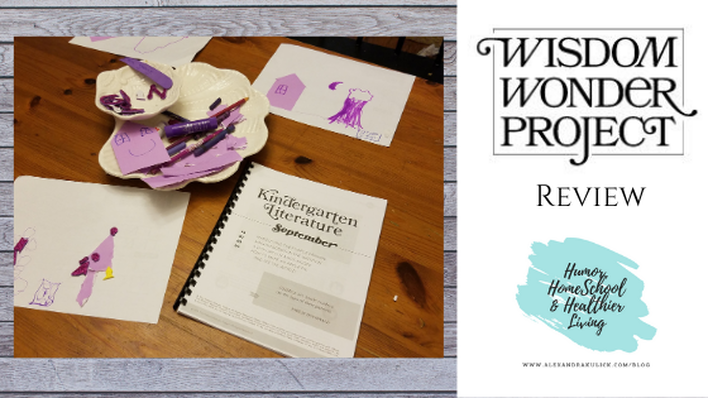
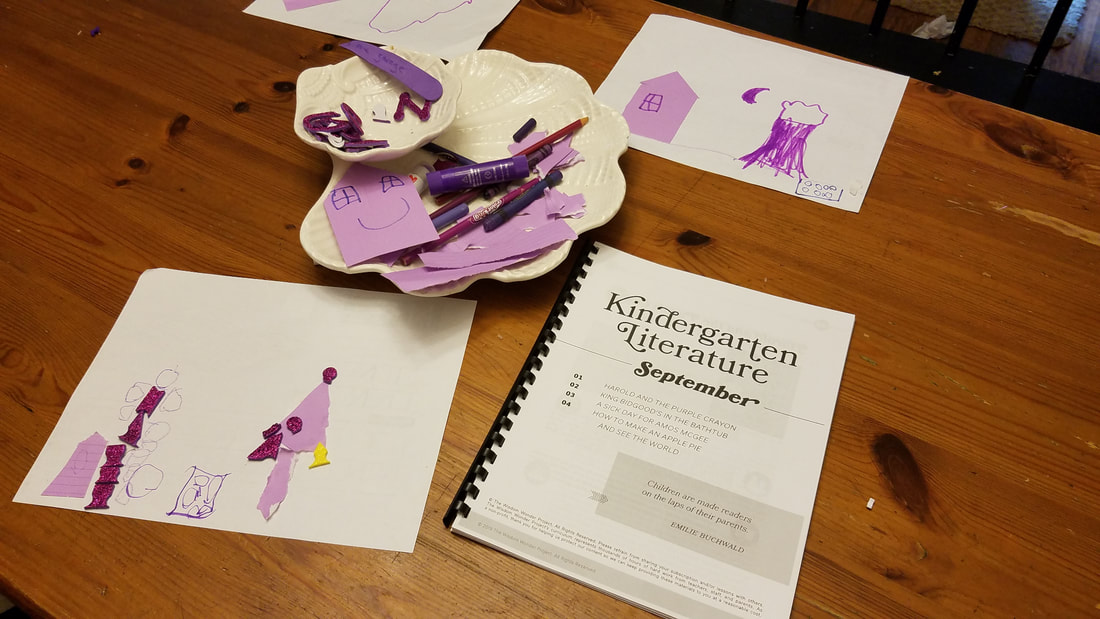

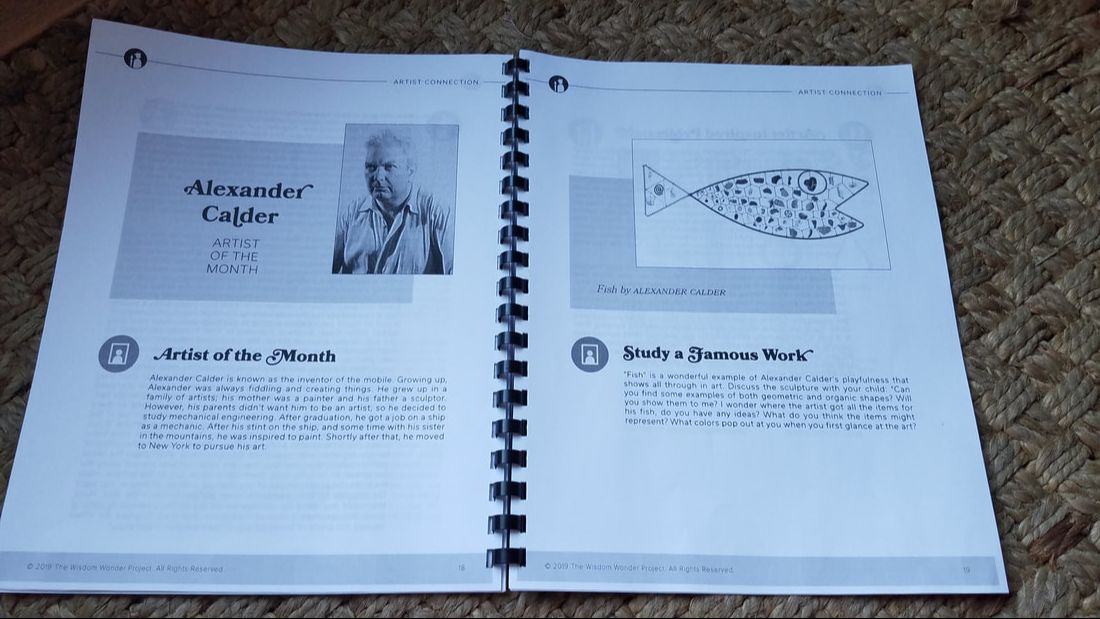
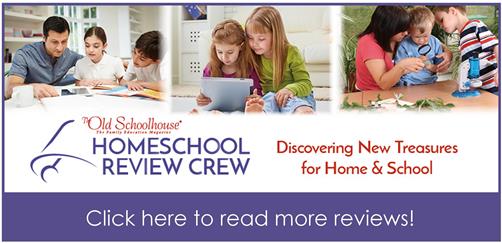
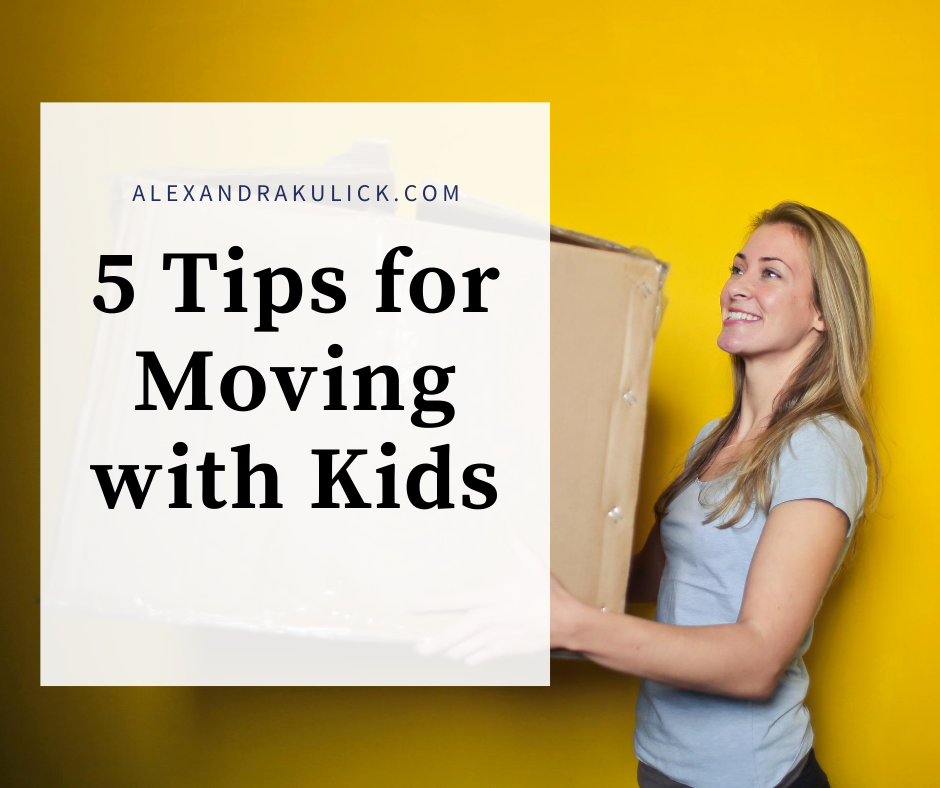


 RSS Feed
RSS Feed
